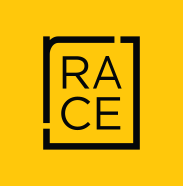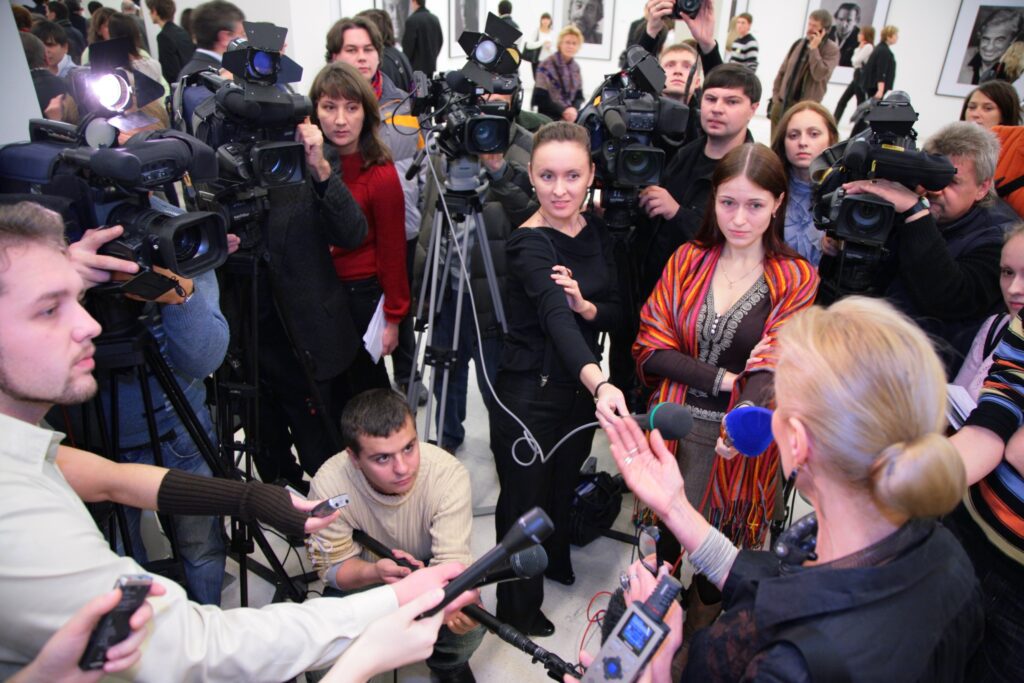By Núbia Neves
Having understood what media training is and why it is important, it is time to understand how it is applied. It is common that an invited journalist, sometimes famous, is hired for the media training, however, this is not a rule. When such participation happens, the action becomes more interesting, since a journalist always has several experiences and many examples of interviews, good and bad, to show to the executives. However, having the participation of a famous journalist is not a pre-requisite, or a guarantee, for having a good result, but an additional tool that can be used.
Basically, a media training is divided into three parts:
Theoretical part:
In this first phase, the media training coach explains to the participants the importance of the media the reputation of a brand, company or product. The history of the press and the evolution of each channel (television, radio, printed and online media) is also covered, as well as the importance of each and one of these channels and how to best act during an interview. Furthermore, (s)he will explain what the journalist usually expects from a spokesperson, the importance of aligning information, examples of mistakes and success cases as well as strategies for a good relationship with journalists.
Practical training:
In the second phase of media training, the spokesperson puts into practice everything they learned in the first phase and will have to face the challenge of applying everything that was explained in the most effective way. It is ideal that at this stage all types of media and interviews are simulated. This means that the spokesperson’s posture should be analysed in both a television interview and a story for an online newspaper, for example. In the same way, a positive interview such as the launch of a new product should be tested, however, a crisis simulation should also be evaluated.
Feedback:
After being trained, it is time for the executives to know and understand their performance. During the second phase, it’s important that the journalist analyses all the interviewee’s weaknesses and strengths so that as soon as the simulation is finished, the interviewee can be told what needs to be improved and what should be maintained.
Interested in the topic? Click here and see more information about this and other services offered by Race Communications.




